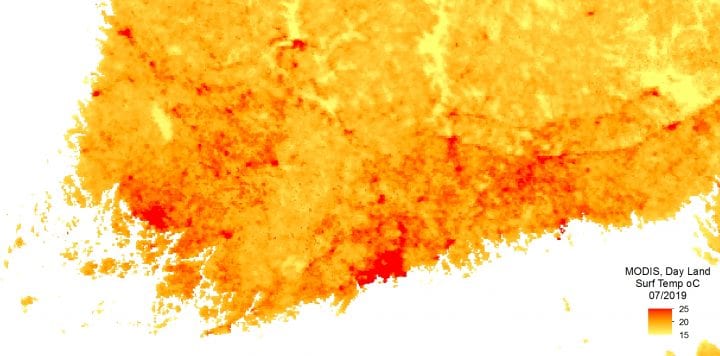Research objectives
HERCULES will push the state of the art scientific knowledge of urban health risks to a new level, and catalyze chances for improved evidence-based decision making for healthier urban environments under changing climate.
Climate related health risks are not yet thoroughly understood. We know that climate change related health risks will be distributed unevenly, with some population groups being more likely to suffer the adverse consequences. Urban populations, especially in socially and economically disadvantaged areas, are likely to be particularly vulnerable to the unfavourable effects of climate change due to already existing exposure to for example, air pollutants and social stressors.
What are the specific socio-environmental preconditions that make citizen groups in disadvantaged areas vulnerable to climate change? What are these preconditions, and how are they spatially distributed in cities? What type of actions ought to be taken in order to improve the adaptive capacity and resilience of Finnish cities under climate change? While adaptation within cities has been advancing, there is little knowledge of how adaptation is being implemented and how effective it is. As impacts of climate change are projected to worsen over time, the current adaptation measures may become insufficient, or inappropriate.
HERCULES begins from the standpoint that climate change directly influences on individuals’ well-being and health, but that this often happens through long-term, complex, and often cncealed processes, including broader trends of urban development.
We shall examine how the spatial pattern and intensity of health-relevant climatic hazards and other environmental exposures have changed since the 1980s, and how these will change during the coming decades. For this, we shall use extensive high-resolution data on climate and land-use, and sophisticated modelling.
We shall combine the exposure data with seven extensive Finnish health cohort data. This will allow us to unveil how health and health-related risk factors develop over the life course in changing living environments and consequently, what are the most important environmental exposures affecting health outcomes. An improved understanding of the connections between exposure, vulnerability, and health combined with detailed data of the environmental and socio-economic conditions will allow us to assess spatially the climate related health risks in the six biggest cities in Finland, Helsinki, Espoo, Tampere, Vantaa, Turku, and Oulu.
We shall formulate associations between environmental and health data, and build an open climate risk database, which allows stakeholders to visualize graphs, maps, and animations of health risk distributions. The historical timelines will allow us to identify key policy areas with the urban sphere and develop a policy instrument typology, which will be used to develop a dynamic pathways model of different policy outcomes and broader trends of urban development, individuals’ behaviour, and climate policy.
